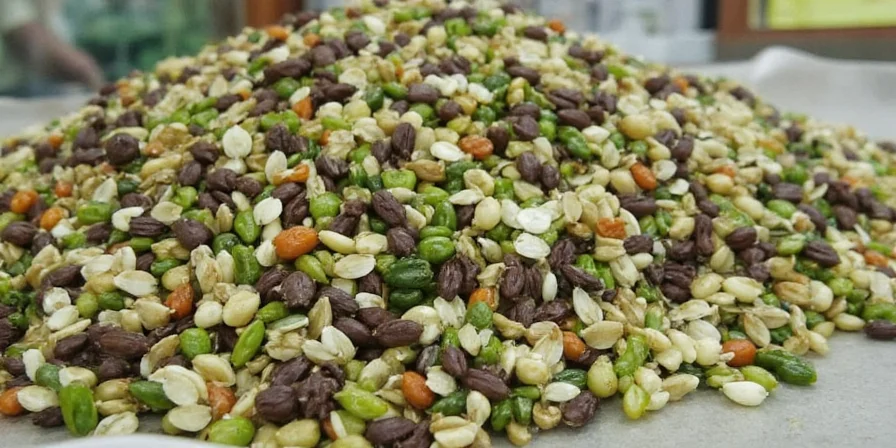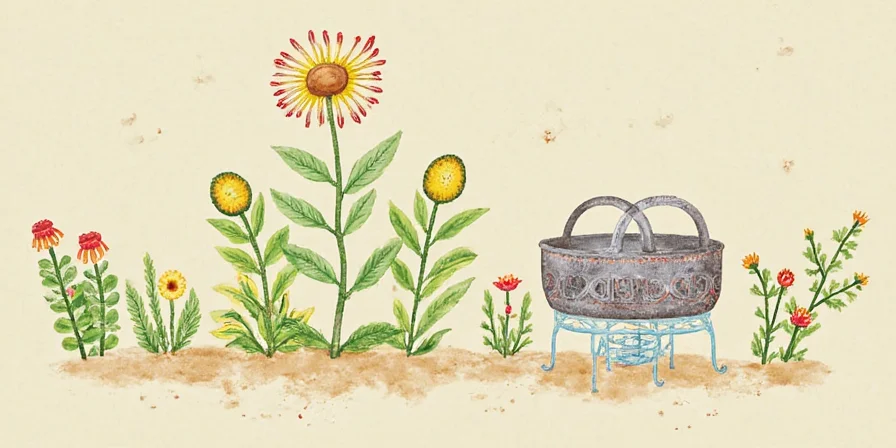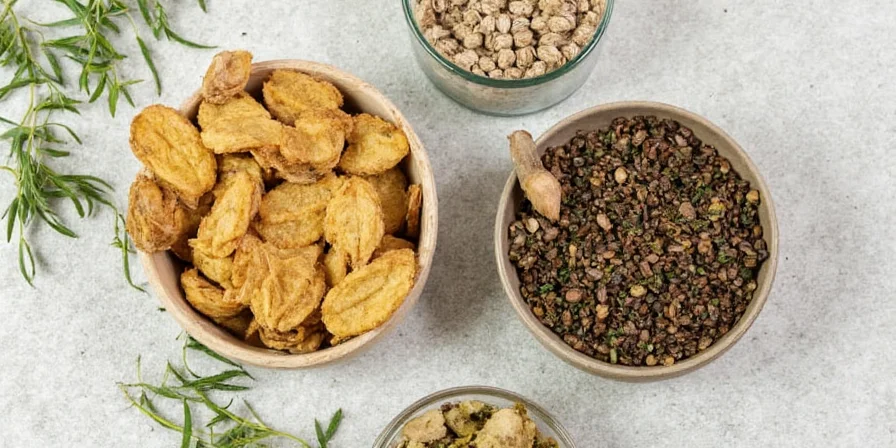From Seed to Sprinkle: The Global Journey of Sesame – A Spice Lover’s Guide

Sesame seeds. Those tiny little powerhouses that pack a mighty punch of flavor, nutrition, and cultural significance. But have you ever stopped to wonder, where does sesame come from? Buckle up, fellow spice explorers — we’re diving into the rich, nutty roots of one of humanity’s oldest flavor companions.
Table of Contents
- The Ancient Roots of Sesame
- Where Does Sesame Grow Today?
- Cultural Cuisines & Culinary Customs
- Top 5 Tips for Using Sesame Like a Pro
- Roasting Sesame Seeds at Home: A Step-by-Step
- Health Perks You Might Not Know
- Fun Facts About This Tiny but Mighty Seed
- Conclusion: The Nutty Truth
🌍 The Ancient Roots of Sesame
Sesame has been around since the dawn of civilization — literally! Archaeological evidence shows it was cultivated as early as 3000 BCE in regions like Mesopotamia and the Indus Valley. That means your morning tahini toast is tied to ancient trade routes and pharaohs’ feasts.

In fact, sesame was so valuable in those days that it earned the nickname “the oil of kings.” It wasn’t just about taste; its high oil content made it prized for cooking, medicine, and even embalming (yep, you read that right!).
| Region | Earliest Known Cultivation | Historical Use |
|---|---|---|
| Mesopotamia | ~3000 BCE | Lamps, food, rituals |
| India | ~2000 BCE | Ayurvedic medicine, sweets |
| Egypt | ~1500 BCE | Food preservation, religious offerings |
| China | ~1000 BCE | Cooking oils, medicine |
🗺️ Where Does Sesame Come From Today?
Fast forward to today — sesame isn’t just hanging out in old river valleys. It’s a global citizen with serious wanderlust. Let’s take a look at where the world’s favorite tiny seed grows:
- India – Top producer globally, especially in Rajasthan and Gujarat
- Sudan – Leads in production by area and export
- Burma (Myanmar) – Grows unique black sesame varieties
- China – Long-standing love affair with white and black sesame
- Mexico – Growing popularity in regional cuisine like pipián sauces
- United States – Texas and Oklahoma contribute to commercial farming
🥢 Cultural Cuisines & Culinary Customs
One of the most amazing things about sesame is how it transcends borders and becomes part of everyday meals — and fancy ones too! Here’s how different cultures embrace the seed:

| Cuisine | Dish | Role of Sesame |
|---|---|---|
| Middle Eastern | Hummus, Halva | Tahini base adds creaminess and richness |
| Korean | Banchan (side dishes), Tteokbokki | Roasted and used as garnish for crunch |
| Mexican | Pipián Verde | Toasted seeds add depth to green mole sauce |
| Japanese | Sushi, Noodles | Whole or ground, adds texture and aroma |
| Indian | Chikkis, Til Chutney | Main ingredient in snacks and chutneys |
💡 Top 5 Tips for Using Sesame Like a Pro
Ready to level up your sesame game? Here are some pro tricks from kitchen veterans:
- Roast before using – It unlocks that irresistible nutty aroma. Just toss in a dry pan over medium heat for 2–3 minutes.
- Toast whole before grinding – For richer pastes like tahini, toasted seeds yield deeper flavor.
- Use it raw in dressings – Especially great for delicate salads where you want a subtle sesame note without overpowering.
- Store properly – Keep in an airtight container in the fridge to prevent rancidity (sesame is high in oils).
- Don’t forget the hull! – Black sesame often comes unhulled — perfect for added texture in desserts.
🔥 Roasting Sesame Seeds at Home: A Step-by-Step
Let’s get hands-on. Roasting sesame is simple and seriously upgrades your dish. Here’s how to do it right:
- Use a dry skillet – No oil needed!
- Medium heat only – Sesame burns fast, so keep it gentle.
- Stir constantly – Even motion ensures uniform roasting and prevents burning.
- Listen for the pop – When you hear a faint popping sound, they’re ready.
- Transfer immediately – Remove from heat to stop residual cooking.
🧬 Health Perks You Might Not Know
It’s not just delicious — sesame is also loaded with benefits. Here’s what makes these little seeds nutritional superheroes:
- Rich in healthy fats – High in unsaturated fats that support heart health
- Great source of calcium – One tablespoon of tahini can contain up to 65 mg of calcium
- Loaded with antioxidants – Lignans like sesamin protect cells from oxidative stress
- Anti-inflammatory properties – May help reduce inflammation markers in the body
- Gluten-free – Safe for gluten-sensitive diets and often used in gluten-free baking
🎉 Fun Facts About This Tiny but Mighty Seed
- Sesame is the world’s oldest oilseed crop.
- The phrase “open sesame” from *Ali Baba and the Forty Thieves* likely refers to the way sesame pods burst open when ripe.
- Black, white, and gold sesame all exist — each with its own flavor profile and culinary role.
- In Japan, black sesame is a popular ice cream flavor called kurogoma.
- Some sesame plants can grow over 6 feet tall!

🔚 Conclusion: The Nutty Truth
So, where does sesame come from? Well, it started thousands of years ago in ancient civilizations, traveled across continents, and now lives in your pantry, waiting to jazz up your next meal. Whether you’re drizzling tahini over falafel or sprinkling roasted seeds on your bun, you’re continuing a tradition older than most languages.
Now go forth and sprinkle with confidence — you’re not just adding flavor, you’re tapping into a legacy. 🌱✨












 浙公网安备
33010002000092号
浙公网安备
33010002000092号 浙B2-20120091-4
浙B2-20120091-4